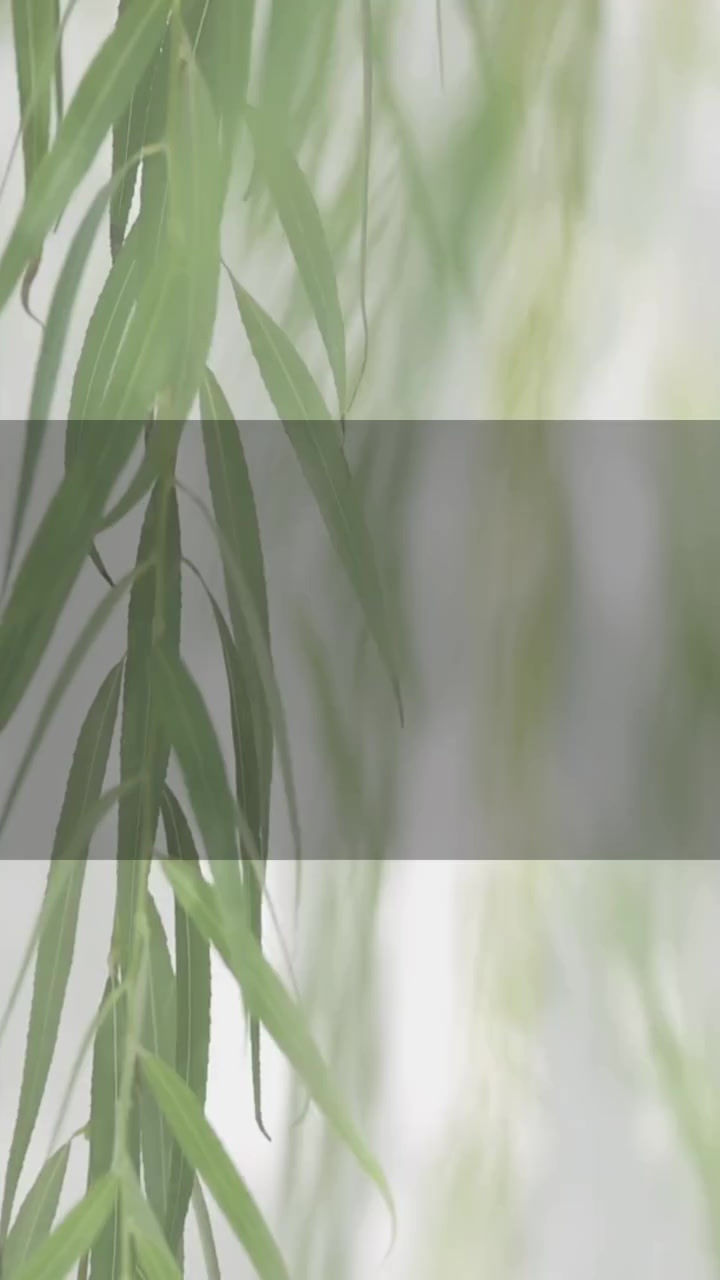Feng Shui: let's clarify
- Linda Ebrille
- Feb 24
- 4 min read
Updated: Mar 7
When you think: «What do you say, are they just superstitions? Autosuggestion...?»
The essence of Feng Shui practice is almost invisible.
Statues, eggs, amulets... they are not the ones that directly alter our daily lives, but they can protect us or enhance an already favorable flow, helping to achieve even better results. However, it is important to remember that this effect will only manifest when the objects are placed precisely and according to well-defined criteria. Often, these objects are chosen as tools for autosuggestion. We can call it Symbolic Feng Shui... Our mind also needs guidance, and sometimes, to orient a psychological path, this approach can lead to concrete results.
In classical Feng Shui, depending on the year we are in, we will implement remedies that can be accurately placed in specific spaces. Always timely and subtly, like acupuncture.
A true Feng Shui intervention focuses on various fundamental aspects to harmonize the living space. It starts with the external environment, taking care of the arrangement of trees, hedges, gates, fountains, and access roads—elements that influence the surrounding energy flow. Next, the building’s structure is analyzed, considering its shape, orientation, and position relative to key landscape elements, as well as the arrangement of entrances.
When observing the interior of the architectural structure, Feng Shui analyzes the movements (body = energy = energy flows) determined by the arrangement of doors, windows, room shapes, lighting, paths connecting various spaces, and the time spent using the different areas of the house. In the case of a new construction project, we can determine the functions and arrangement of rooms based on the land’s exposure, the position chosen for the building’s entrance, and the year of construction. If we are dealing with an inhabited house/apartment, we will arrange the furniture properly in relation to the energy flows mentioned above. If the flows are favorable, we will adapt the rooms to the main functions of the inhabitants, such as sleeping, working, and cooking. Otherwise, it will be advisable to use spaces for more practical purposes, like storage or closets where we spend little time in our daily lives. Bathrooms, with their drains, can either be of great help or a burden, depending on their position.
After considering the various possibilities, we will proceed with the selection of colors and other essential elements to create a balanced and harmonious environment.
When I'm told: «Ahhh!Like Reiki?...»
or also: «Oh, I already practice Reiki, so I don’t need to apply cures to my home.»
Reiki and Feng Shui are practices that can be integrated; although both aim for our well-being, they have different origins and follow different paths.
Feng Shui originates from the observation of nature and, based on the principle "We are One," analyzes the external world (natural places, cities, buildings, houses, etc.) in relation to our body to obtain information about our health and life path.
When we talk about integrating different techniques, we refer to various currents of Feng Shui that combine different approaches to analyze both the house and the person. Among these are Pranic Feng Shui, Intuitive Feng Shui, and Contemporary Feng Shui.
Globally, the most well-known current, with the most information available online, is the Black Hat school, also known as Contemporary Feng Shui. This school originated in California in the 1980s with the goal of integrating various practices: elements of traditional Feng Shui, principles of the New Age, energy practices, and some concepts from Vastu (an ancient Indian discipline dedicated to the harmonization of living spaces). The result is a more intuitive and accessible approach.
The central element of this methodology is the connection between our personal energy and the energy of the house, with particular attention to the psychological aspect and inner connection.
In Classical Feng Shui, it is necessary to understand the energy patterns linking heaven, earth, and man, as well as the deep relationships between the forms present in the environment and the human body. Intuition develops and refines parallel to the theoretical knowledge acquired. Without solid practice and appropriate theoretical support, relying solely on intuition risks creating great misunderstandings. While intuition is important, it cannot exclude the understanding of principles and natural cycles. Maintaining a connection with one’s instincts is crucial, but so is grounding intuition on solid foundations of knowledge.
When we hear: «Ah, yes, you know, it's good luck to put a fountain at the entrance!»
or: «I placed a frog amulet at the entrance because they say it brings more money...»
or even: «They say the bed needs to be turned with the headboard facing north...»
When we talk about Feng Shui, there are specific guiding principles, but no fixed directions for everyone.
To see if we can place a fountain at the entrance, there are precise calculations such as Xuan Kong Fei Sin, and specifically, in Xuan Kong Da Gua. Each analysis area will have a particular arrangement of furniture and annual remedies to apply.
Therefore, we will encounter situations where the bed facing north or the desk facing south will bring no benefits to the inhabitants...
At the same time, surely, a bed without a headboard or a desk with its back to the door are principles that everyone should observe.
\(★ω★)/





Comments